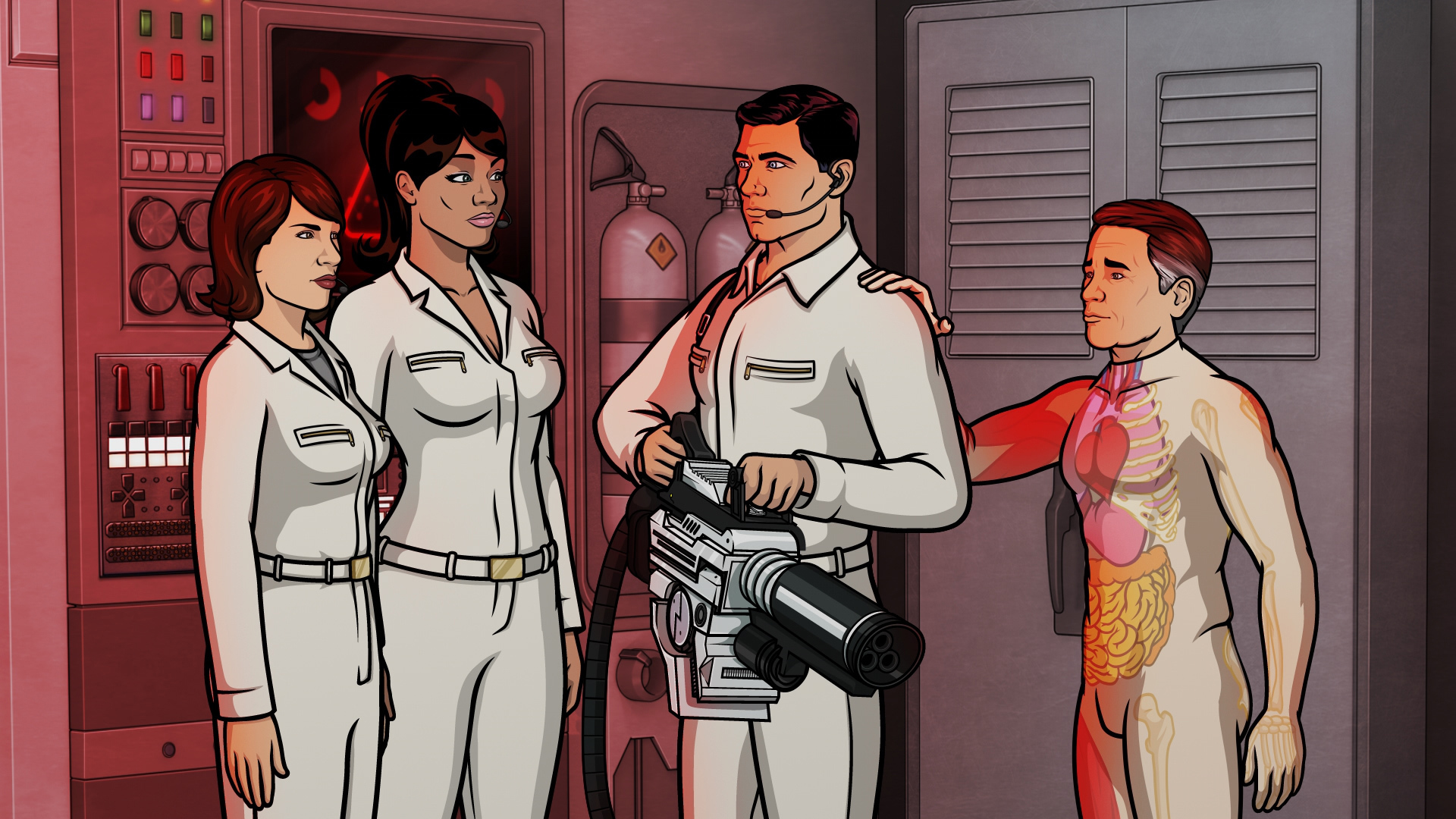Why the Netflix version of Puss In Boots could be the future of TV. Fur real.
The streaming giant is trialling interactive children's TV shows, with multiple endings. Here's how it works.
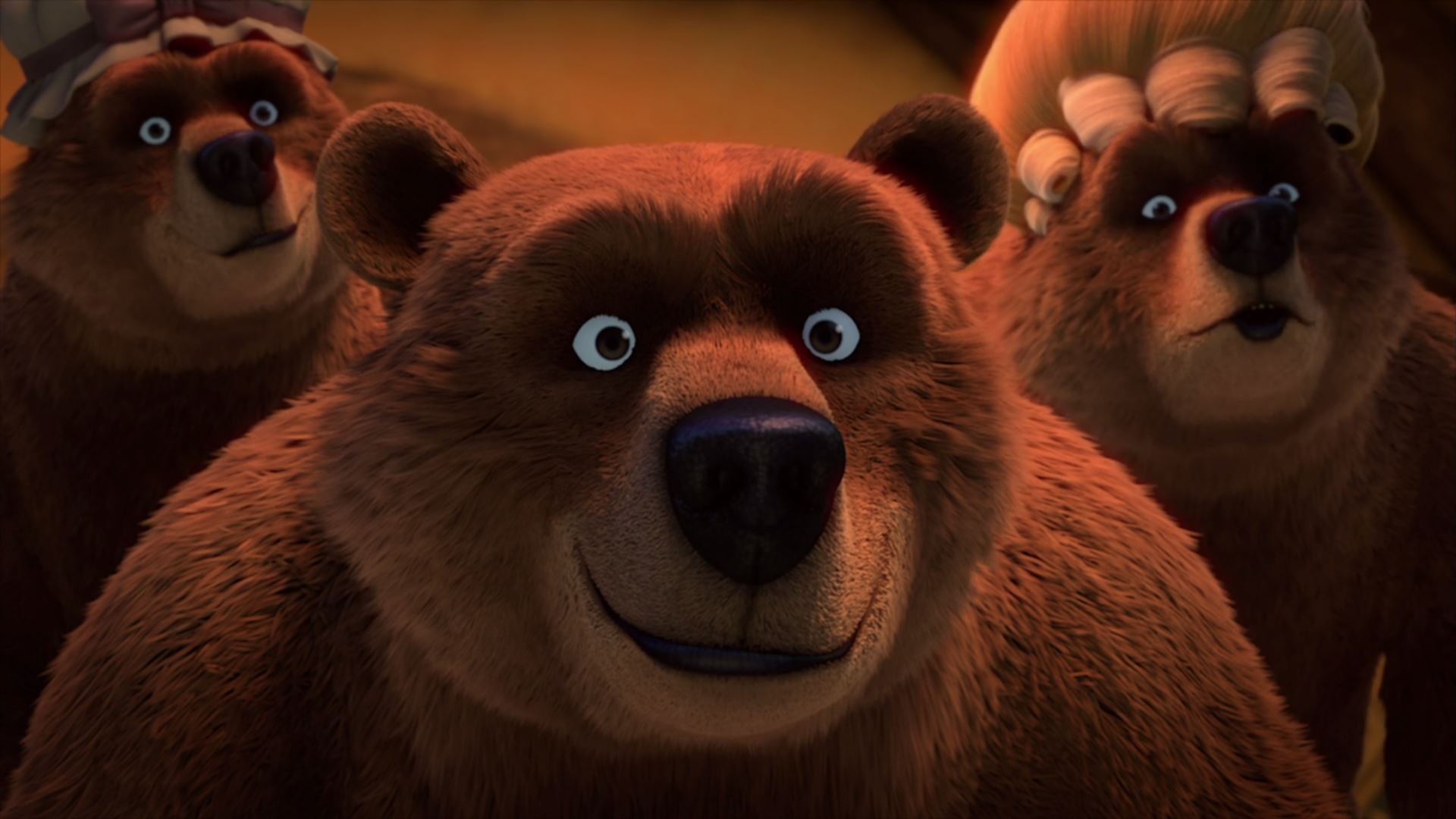
I’ve just watched my first ever episode of Puss in Boots. Not because I’ve been drawn in by those big shiny eyes while browsing my Netflix home page, but because it’s the series that the streaming service has used to trial its first interactive TV show. You can choose between two paths at various points in the story, sending the plot this way or that, towards two distinct endings.
For example, you can decide whether the three bears (who Puss meets while pretending to be Goldilocks) want to eat him or just sit down over bowls of hot porridge for a good chat. The whole thing is very cute and amusing. It’s not all that engaging for adults, mind, but I’m glad Netflix is experimenting with the concept. On a blog post announcing the show, director of product innovation Carla Engelbrecht Fisher said kids’ shows are merely “a natural place for us to start”. She goes on: “It’s really about finding the right stories – and storytellers – that can tell these complex narratives and bring them to life in a compelling way.”
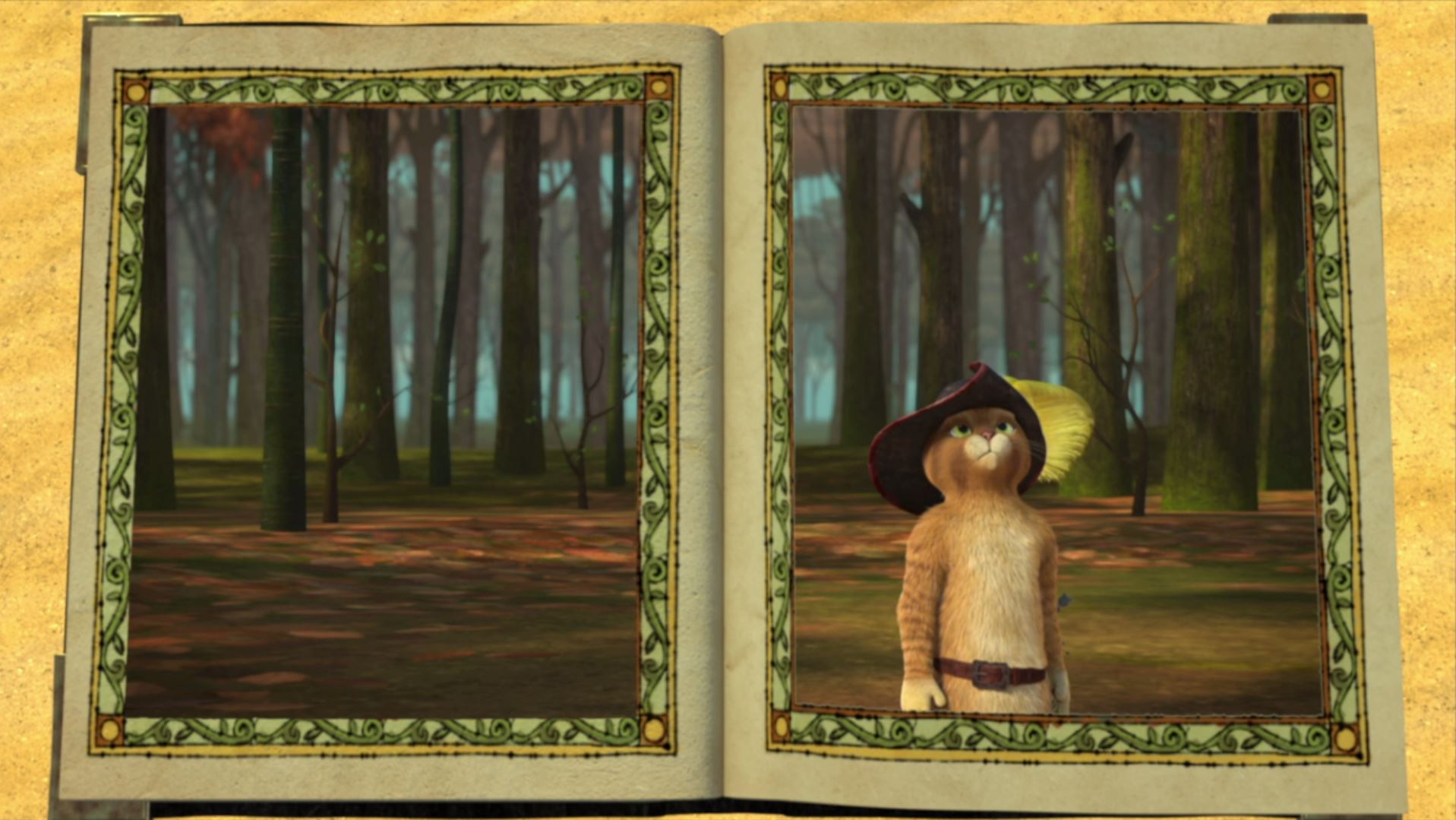
I can’t help but let my imagination run wild with the idea. What about a Netflix police procedural drama, where you’re piecing together the clues alongside the detectives, deciding which avenues of enquiry to pursue? Or an epic fantasy series where you decide whether to throw a rival to the throne in jail or hack his head off? We’re a long way off that reality, but what can the simple tale of Puss’s struggle to free himself from a book of fairy tales tell us about the future of interactive TV?
We’ll start off with the basics of how Netflix’s new choose-your-own-adventure works mechanically. Every three to five minutes of the story you're taken to a separate screen showing a cartoon Puss in Boots in front of two pages of a book, each with images that represent a given choice. The fourth wall-breaking, haughty narrator presents them in fairly abstract ways – "Visit a giant or be Goldilocks" – and you then have ten seconds to select one before it chooses for you.
Then you’ll see your choice come to life. The action is substantially different depending on your decision, which is nice to see: you’ll either be trapped in a genie lamp after setting the previous inhabitant free or soaring through space alongside your turbaned friend after wishing for freedom.
Tell us a story. Again.
There are two endings, although the stories only properly diverge about halfway through to lead you down two separate paths. Beyond that the options you’re presented with just provide you routes to the same endpoint. When stranded in ‘The Jungle of Terrible Things That Happen to You’ Puss can either fight some bandits or host an awkward tea party with them – but either way, he’s carted off at the end to see the genie in a dessert.
You can also make ‘wrong’ choices. Pick ‘facing a giant’ over ‘being Goldilocks’ and Puss will be stamped to a pulp, prompting an automatic jump to the Three Bears.
Weekly digests, tales from the communities you love, and more
The system presents some interesting limitations on rewinding and fast-forwarding. You can skip forward or back between choices but not within individual scenes. So, if you want, you can make a choice, watch the scene play out, and then go back for a do-over. All in all it took me about half an hour to get through the episode the first time, and around an hour and a half to fully jump through the different options to see everything it has to offer.
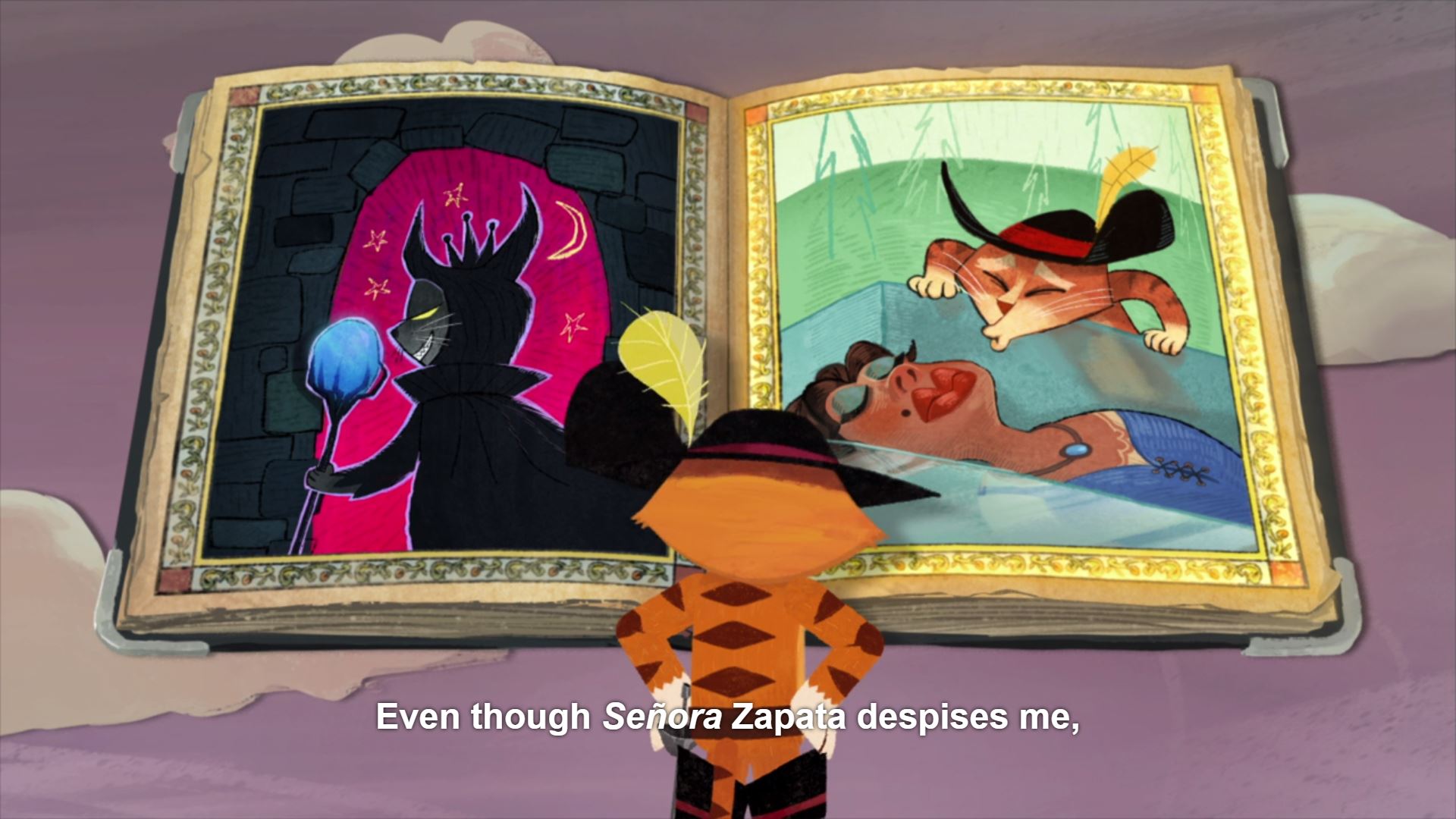
So, after doing that, do I think this could work in a more mature setting? Well, yes, but there’s clearly a lot of lessons to learn.
The system is fairly primitive. The episode is basically a collection of disparate scenes stitched together by decision points. In a more advanced setting I’d hope that your choices would have real impact on the story and that making a different choice would lead to a different outcome, not just in the upcoming scene but in the action that follows.
"Giving kids a say in the action is a perfect distraction – but for adults it could be a whole new way of watching TV"
The writers have kept the choices simple here, but broadening that out has huge implications for the workload involved with making a show. As soon as you give viewers a choice of two options you’re creating two story paths that are directly related to that choice. Then, if you give them another choice on each of those paths, you’re creating four story paths. And so on, until you’ve got a sprawling interconnected plot web – and that’s only assuming you’re providing a binary choice in any given scenario.
The writers of Puss in Boots have a dumbed-down version of that, and obviously you’d have to limit the choices to key moments in a more advanced show, but even then you’d have to film at least twice the length of footage of a regular episode, and have a bigger team of writers working it out. That’s entirely possible, of course, but it’s a long way from what’s on display here.
There also needs to be a lot more polish on whatever Netflix does for adults. You can see the seams here: the transitions between scenes are jerky, sometimes with the screen going black in between, or subtitles hanging over from one screen to the next. Ideally, you won’t be pulled out of the action to a separate screen to make a choice either. I’d suggest that simply pausing the action and presenting the choice would work well enough.
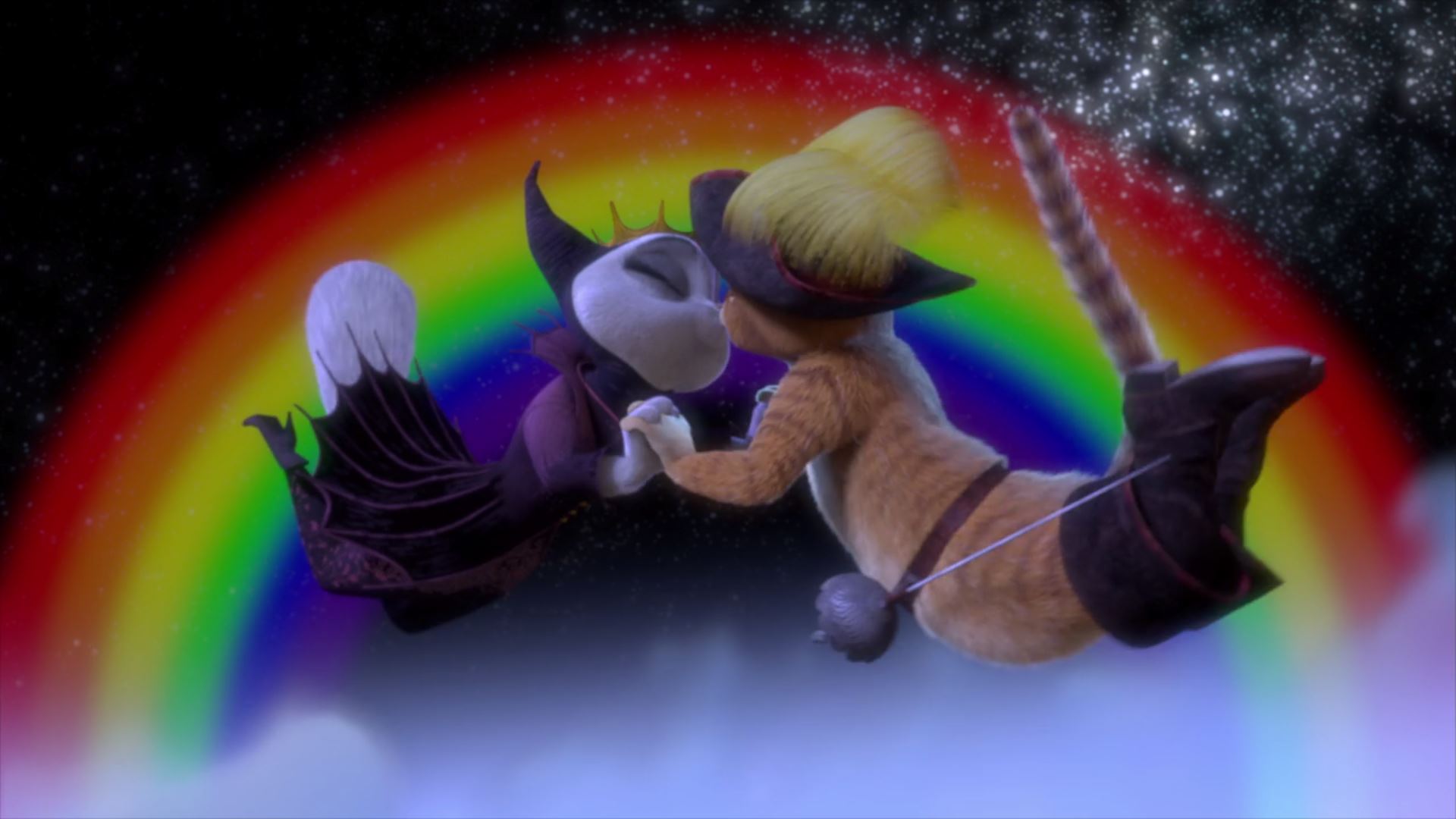
What the episode also demonstrates is that the writers of any branching show should be crystal clear about the options they’re presenting. The fact they’re obscure here doesn’t matter all that much because there are no real consequences, and you’re basically picking between silly and slapstick. But when the decisions mean something (which would surely be the point) it’d be vital that the audience knows exactly what they’re being asked to choose between.
Having said all that, the potential is clear. Giving kids a say in the action is a perfect distraction – but for adults it could be a whole new way of watching TV. Sure, games have been doing this for years, but the quality of the visuals and that ‘believability’ is yet to match anything offered by TV. Plus, in theory, games are much more expensive to make, if you want to hit the same level of quality. If Netflix takes its time to think about the changes needed to ramp up the scale, then it could really be onto a winner. While Puss in Boots’ latest adventure isn’t all that impressive on its own from a technical standpoint, the ambition it shows and the direction of travel it promises are very exciting indeed.
Check out the most anticipated TV shows of 2017 and 8 Netflix tips, tricks and hacks you should be using.
